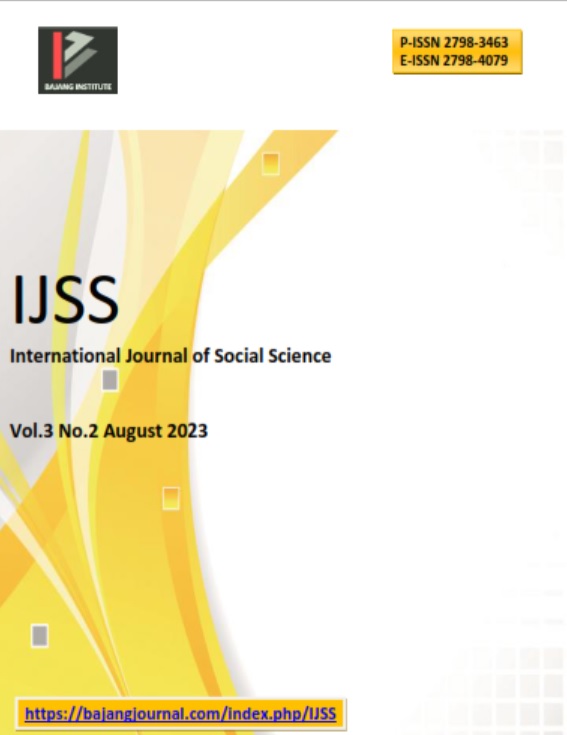EVALUATION OF IMPLEMENTATION OF NEONATAL EMERGENCY PRECAUTION TRAINING CURRICULUM THROUGH THE KIRK PATRICK MODEL APPROACH TO REGIONAL MANAGEMENT TRAINING PROVIDER OF INDONESIAN MIDWIFE ASSOCIATION IN BALI PROVINCE IN 2023
DOI:
https://doi.org/10.53625/ijss.v3i2.6296Keywords:
Human Resources, Maternal Neonatal Emergency Awareness Training, Kirk Patrick ModelAbstract
Human resources are a valuable investment for an organization. So the need for training in an effort to increase knowledge and behavior in order to create professional health workers. The Regional Management of the Indonesian Midwives Association has held a Maternal Neonatal Emergency Awareness Training (KKMN). The need for a post-training evaluation to determine the success of the training carried out. The targets of this evaluation are midwives participating in the 2022 KKMN Training. The data collection technique is secondary data from the results of KKMN training evaluations and interview and observation data on individual alumni, colleagues and agency leaders. This evaluation was analyzed quantitatively by transforming into Kirkpatrick's model and describing the studies at each level. The results are that at level I the reaction of alumni participating in KKMN training with high motivation is 80%, level II learning as a form of independent learning effort for training participants is 80%, for level III the behavior of training alumni has behavior that impacts colleagues and the work performance of the puskesmas is 95%, the results of level IV alumni results have a performance that contributes to real performance at the institution by 95%. This also simultaneously provides an overview of the implementation of the KKMN curriculum which is analyzed for its effectiveness by looking at aspects of the program structure which are quite good and can be carried out according to training standards. the notes obtained are contained in modules that need to be made specifically, material that needs to be updated following the latest policies and analysis of pre- and post-test questions in order to better evaluate participant outcomes. The results of this evaluation can also be studied further as best practice as the involvement of professional organizations in efforts to strengthen sustainable education and training so that all health workers can improve their competence in serving the community in various settings
References
Kirkpatrick, Donald L., James D. Kirkpatrick. 2007. Implementing the four levels: a practical guide for effective Evaluation of training programs, Berret-Koehler Publisher, San Francisco,
Kirkpatrick, Donald L. 1998. Evaluating Training Programs: The Four Levels, 2ed, Berret Koehler Publisher, San Francisco,
Lawson, Karen. 2006. The trainer’s handbook / Karen Lawson.— 2nd ed. Published by Pfeiffer an A Wiley Imprint.
Kutha Ratna. 2010. Theory, Methods, and Techniques of Literary Research. Yogyakarta: Student Libraries [5] Indonesian Ministry of Health. 2023. Post-Training Evaluation Guidelines, Jakarta. Health HR Training Center.
Indonesian Ministry of Health. 2017. Maternal and Neonatal Emergency Awareness Training Curriculum. Jakarta: Quality Directorate of the Ministry of Health.
Rudy Komarudin. 2013. The Impact of Certification on the performance of Citizenship Education Teachers in the City of Bandung. Indonesian education university. Library. Upi. edu
Zubaida, et al. 2007. Learning Innovation in the 21st Century. Banten, Global Aksara Press
Downloads
Published
How to Cite
Issue
Section
License
Copyright (c) 2023 Sinta Javani, I Wayan Lasmawan, I Gusti Putu Suharta

This work is licensed under a Creative Commons Attribution 4.0 International License.

















